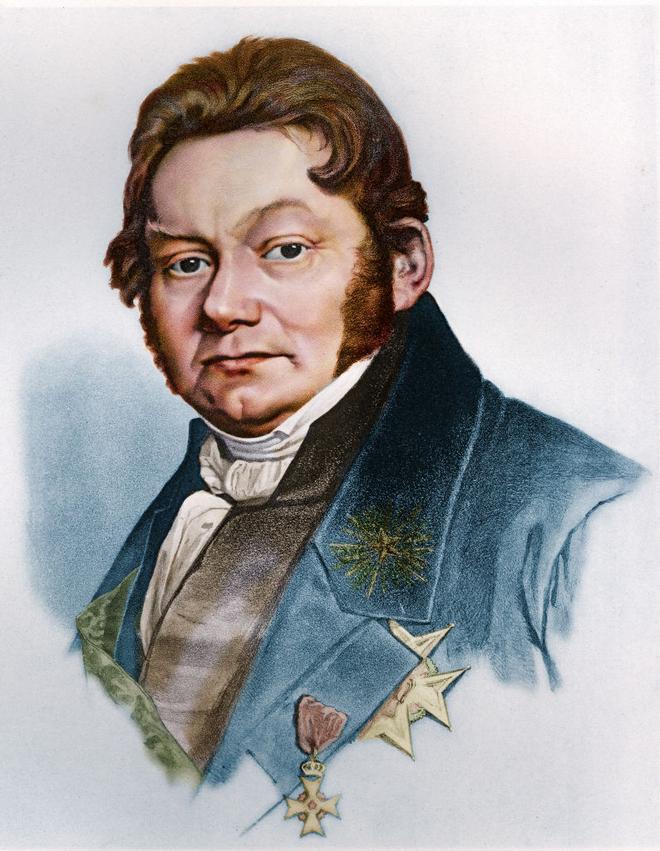Ultraviolet emissions from novae are a special class of transient astronomical event that causes the sudden appearance of a bright, apparently new star that slowly fades over weeks or months, during their outburst.
| Photo Credit: SPECIAL ARRANGEMENT
Astronomers from the Indian Institute of Astrophysics (IIA) have spotted far ultra violet (FUV) emissions from novae for the first time in the neighbouring Andromeda galaxy.
The ultraviolet emissions from novae are a special class of transient astronomical event that causes the sudden appearance of a bright, apparently new star that slowly fades over weeks or months, during their outburst.
The IIA team used ultraviolet imaging telescope (UVIT/AstroSat) data of the Andromeda galaxy from public archives, to look for FUV emission from novae during their dormancy.
AstroSat is India’s first dedicated space astronomy observatory and the UVIT is one of the primary payloads which was developed by IIA.
According to the Department of Science and Technology, the team stumbled upon the novae around their eruption phase.
It added that the team, consisting of Judhajeet Basu (IIA and Pondicherry University), Krishnendu S. (IIA and Amrita University), Sudhanshu Barway (IIA), Shatakshi Chamoli (IIA and Pondicherry University), and G. C. Anupama (IIA), also discovered ultraviolet emission from 42 novae, a special class of stellar explosions, and even caught four of them in the act of outburst itself.
The department said that this could help scientists study these interacting binary star systems in our nearest neighbor galaxy at different phases of their life, some piling up matter from their companion, while others spewing it into space.
“UVIT’s fine spatial resolution and unique capability to observe simultaneously in far UV and near UV helped us investigate the fluxes in different UV bands, which led to the detection of accretion disks in some of these systems, 2.5 million light years away. The brighter the disk, the more rapidly it is consuming its companion’s matter. We also studied how the flux from these discs changes with time, and as per our expectations, the accretion process was found to be stable in these systems.” Mr. Basu, a PhD student at IIA, who led the project, said.
Published – December 08, 2024 09:08 pm IST










